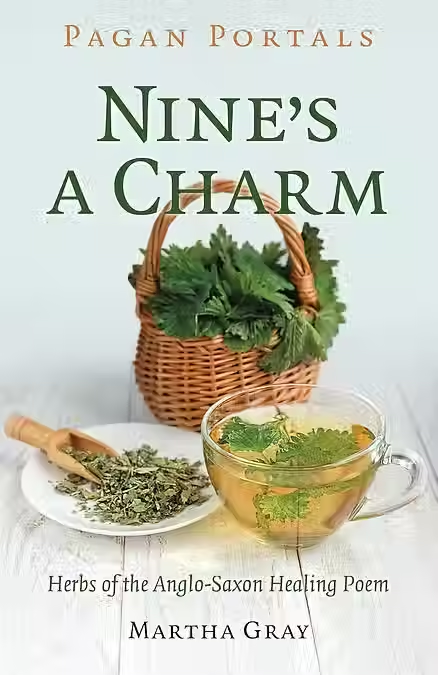Purple dead nettle by Heather
- Kitchen Witch

- Apr 26, 2019
- 2 min read
Purple Dead Nettle (Lamium purpurea)

I love seeing these plants appear, with their delicate purple flowers, as they are one of the first early Spring plants to appear in abundance, adding colour to hedgerows. Rub the leaves between your fingers you’ll feel a softness and notice an earthy, pungent pleasant smell.
Also found in this family of plants is White Dead Nettle ( L. album) and Yellow Dead Nettle ( L. galeobdolon)
They are commonly known as dead nettles because their leaves resemble the nettle but have no sting. Another folk name for them is archangel which refers to the fact they are still in flower on Archangel Michael’s Day ( 29th September) - Michaelmas.
Dead nettles grow on both cultivated and waste land. The yellow species tends to grow on heavy spoils of wood and hedgerow and differs from the others as it has much tougher shoots. The white species does not normally grow in natural habitats and seems to be more prevalent around areas which were Norman settlements, so may have been introduced to Britain as food. The purple and white are both edible and can be added to salads or cooked as a vegetable, they contain vitamin C, iron and fibre. It is the leaves and flowers which are eaten, make an uplifting tea and can be blended into smoothies. The leaves can be dried to be ground up and used as an herb for flavouring.
The leaves can be used as a poultice to aid in healing scrapes and grazes, bruises, burns and are said to help draw out splinters.
Magically in folk lore it has been used for protection, to guard against black magic and evil spirits.
Used in an incense, Purple Dead Nettle is associated with happiness, tenacity, is good for grounding, balancing energies and lifting the spirits.






Comments